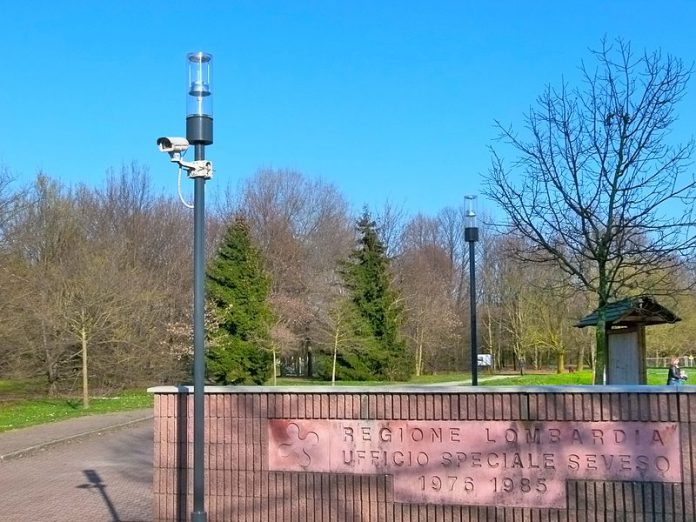
A major chemical accident occurred in the Italian town of Seveso on July 10, 1976. It was the largest chemical-industrial disaster in the history of Europe. A deadly chemical compound popularly called dioxin leaked from a chemical plant owned by ICMESA (Industrie Chimiche Meda Società Azionaria) in neighboring Meda. This compound is chemically named 2,3,7,8-tetrachlorodibenzodioxin, and its molecules consist of carbon, hydrogen, chlorine and oxygen atoms. It is considered one of the most toxic chemicals known to man, about two hundred times more toxic even than the war poison sarin. It is carcinogenic (causes cancer) and teratogenic (dangerous in the developmental stages of organisms).
The mentioned factory was located in the immediate vicinity of Seveso, a small town only about 20 kilometers from the center of Milan (Seveso today functions as a kind of Milan northern suburb). During one chemical process on that day, an error occurred that caused the release of approximately seven tons of chemicals into the environment. In that substance was about one kilogram of said 2,3,7,8-tetrachlorodibenzodioxin, which is enough to kill about one billion guinea pigs. In the first few days after the event, about 3,300 dead domestic and wild animals were found in and around Seveso.
An extensive evacuation and decontamination operation was carried out, and many animals were killed (as many as about 80,000 by the end of 1978) to prevent dioxins from entering the human food chain. Although no adult officially died in the disaster, 26 pregnant women opted for abortion, reportedly for fear of the aforementioned teratogenic effect of dioxins. Acne-like skin phenomena (chloracne) have been observed in 447 people, and large litigation processes have been carried out.




